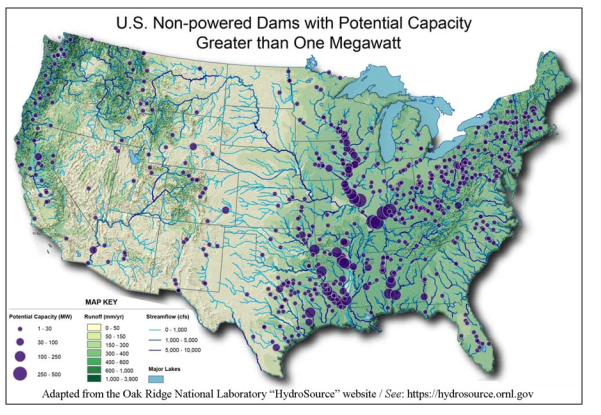SAJ-99
Well-known member
That is probably because blaming the big bad government is easier than finding a solution to the problems. And because it is confusing. The Cali market auction is government run and the number of credits is technically determined by the state Gov, so I can see where some might apply that same concept to European voluntary markets. But let’s be honest, most don’t know how either work and don’t want to spend the time trying to find out.It's mind boggling how many people think the voluntary carbon credit market is run by the government when in reality the government has little to do with it. When Nasdaq bought Puro.earth I realized how big the carbon credit market was going to be.
How big is the carbon credit market?
LONDON, Jan 31 (Reuters) - The value of traded global markets for carbon dioxide (CO2) permits grew by 164% to a record 760 billion euros ($851 billion) last year, analysts at Refinitiv said on Monday.Jan 31, 2022













